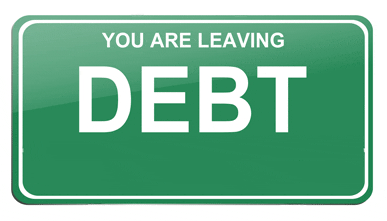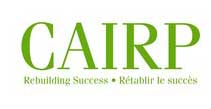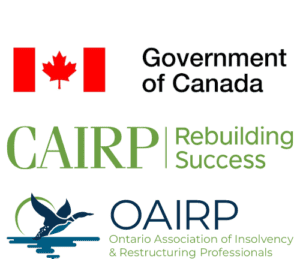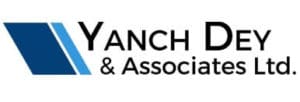Bank loans and overdrafts are easy to rely on when money is tight, but over time the debt becomes difficult to repay. The balances often grow faster than expected, especially when interest and fees keep adding up.
Bank loan and overdraft debt becomes unmanageable when:
- Loan payments are too high, especially during income changes.
- Overdraft fees add up quickly, making it hard to get the balance back to zero.
- Loan interest accumulates monthly, reducing the impact of your payments.
- The overdraft is used like income, leaving you short every paycheque.
- Multiple bank products overlap, such as loans, overdrafts, and credit cards.
Over time, these debts create a cycle that becomes stressful and expensive to break without help.
How a Consumer Proposal Reduces Bank Loan and Overdraft Debt
A consumer proposal legally reduces what you owe on unsecured bank loans and overdrafts. Instead of paying the full balance with interest, you pay only a portion based on your budget.
A proposal helps by:
- Freezing interest immediately, so the balance stops growing.
- Reducing the principal owed, often down to about 30% of the total debt.
- Combining loans, overdrafts, and credit cards into one monthly payment.
- Stopping collection calls and legal action through legal protection.
- Spreading repayment over up to 60 months to lower your monthly cost.
This turns high-interest bank debt into a structured, affordable plan.
What Happens to Bank Loans After Filing
Once the consumer proposal is filed, unsecured bank loans are included in the settlement. You no longer pay the bank directly. Instead, you make one payment to the proposal, and the trustee distributes it.
After filing:
- Your loan account is closed so no new borrowing can occur.
- All collection activity must stop, including letters and calls.
- The bank must follow the proposal terms if creditors accept the offer.
- Your loan balance becomes part of the settlement rather than a separate payment.
This simplifies your repayment and removes the pressure of high monthly loan payments.
How a Proposal Helps With Overdraft Debt
Overdrafts feel small at first, but they often become long-term debt that’s hard to clear.
A consumer proposal handles overdraft debt by:
- Stopping daily interest and NSF fees, which make overdrafts expensive.
- Eliminating the overdraft balance as part of the overall settlement.
- Restoring control of your bank account, which often feels tense or unpredictable.
- Replacing the overdraft with a fixed plan so you no longer rely on it.
- Ending the cycle of borrowing to cover shortfalls each pay period.
This gives you a chance to rebuild your budget without the constant pressure of negative balances.
How Much You Can Expect to Save
Most people save a significant amount by including bank loans and overdrafts in a proposal.
Savings typically come from:
- Reducing the total amount owed, often to 20–35% of the balance.
- Eliminating interest, which normally adds thousands of dollars.
- Stretching repayment over 60 months, lowering monthly payments.
- Paying based on your budget rather than the bank’s minimums.
This makes repayment realistic and helps you avoid using more credit to stay afloat.
When a Proposal Is Better Than Refinancing
Many people try refinancing or consolidating bank loans, but this often leads to more borrowing and higher total costs.
A consumer proposal is usually the better option when:
- You are using overdraft regularly just to make it through the month.
- Your loan payments are too high to manage comfortably.
- You have multiple bank products and want to simplify everything.
- Refinancing would require more interest or a longer repayment term.
- Debt is affecting your sleep or health, showing it is no longer manageable alone.
Instead of extending your debt, a proposal helps you solve it and start fresh with a clear plan.










